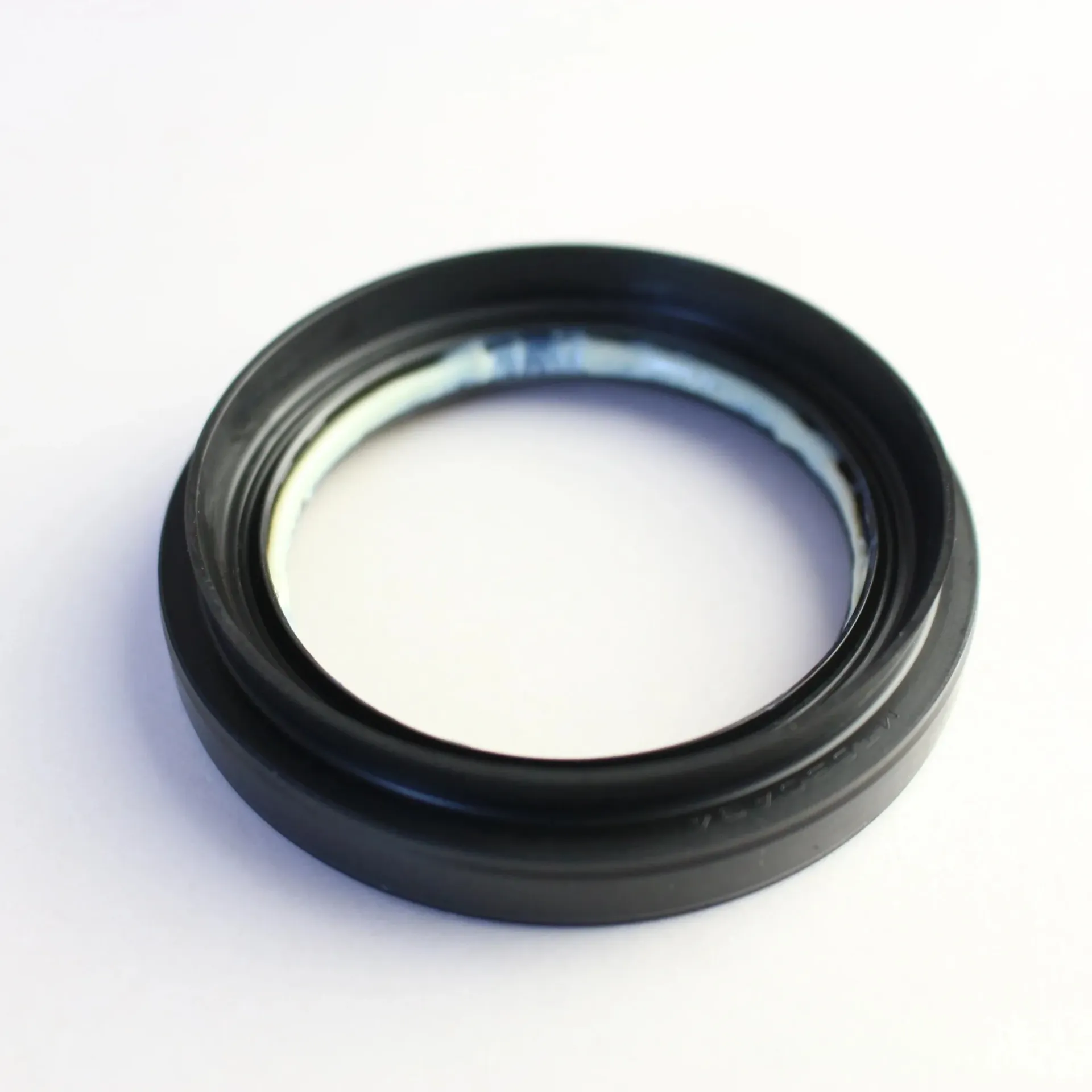transmission gasket seal
Understanding Transmission Gasket Seals Importance and Maintenance
The transmission system is one of the most critical components of any vehicle, responsible for transferring power from the engine to the wheels. Within this intricate system, the transmission gasket seal plays a vital role in ensuring the efficiency and longevity of the vehicle. In this article, we will explore what a transmission gasket seal is, its importance, common issues, and tips for maintenance.
What is a Transmission Gasket Seal?
A transmission gasket seal is a specific type of gasket used to create a tight, leak-proof fit between different components of the transmission, such as the transmission case and the oil pan. Made from materials like rubber, cork, or silicone, these seals are designed to withstand high temperatures and pressures that occur during the vehicle's operation. A properly functioning gasket seal ensures that transmission fluid remains contained within the transmission system, which is crucial for lubrication, cooling, and overall operation.
Importance of Transmission Gasket Seals
1. Fluid Retention The primary function of a transmission gasket seal is to keep the transmission fluid from leaking. This fluid is essential for the smooth operation of the transmission, providing the necessary lubrication to the gears and other moving parts. Without sufficient fluid, the transmission can overheat and lead to catastrophic failure.
2. Heat Management Transmission systems generate a significant amount of heat during operation. A secure gasket seal helps maintain optimal temperatures by preventing fluid leaks, which can otherwise cause overheating and subsequent damage to internal components.
3. Performance Efficiency A well-sealed transmission ensures that the system operates efficiently. Leaks can lead to a drop in fluid levels, which in turn can result in rough shifting, slipping gears, and reduced overall performance.
4. Enhanced Lifespan Maintaining the integrity of the transmission gasket seal contributes to the overall longevity of the transmission system. Regular maintenance and timely replacement of worn seals can save vehicle owners costly repairs and enhance the lifespan of the transmission.
Common Issues with Transmission Gasket Seals
Despite their importance, transmission gasket seals can wear out over time due to various factors, such as heat, age, and exposure to harsh chemicals
. Here are some common issues associated with failing gasket sealstransmission gasket seal

1. Fluid Leaks The most obvious sign of a failing transmission gasket seal is the presence of transmission fluid leaks. These leaks can often be identified by pools of reddish-brown fluid under the vehicle. Ignoring these leaks can lead to significant transmission damage.
2. Overheating If a gasket seal is compromised, the transmission may not retain enough fluid, leading to overheating. Symptoms of an overheating transmission include slipping gears, unusual noises, and discolored fluid.
3. Poor Shifting Performance A worn or damaged gasket seal may lead to erratic shifting, including hard shifts or the transmission slipping out of gear. This can significantly affect the drivability of the vehicle and should be addressed immediately.
Maintenance Tips
Preventive maintenance is the key to prolonging the life of transmission gasket seals. Here are some essential tips
1. Regular Fluid Checks Periodically checking the transmission fluid levels can help detect leaks early. If the fluid is low, it may indicate a gasket seal issue that requires investigation.
2. Professional Inspections Having a qualified mechanic inspect the transmission system, including the gasket seals, during routine maintenance can identify potential problems before they escalate.
3. Timely Replacements If signs of wear or damage are detected, replacing the gasket seal promptly can prevent more extensive repairs. Gasket seals are relatively inexpensive compared to the costs associated with a damaged transmission.
4. Use Proper Fluids Always use the manufacturer-recommended transmission fluid. Using incompatible fluids can degrade gasket materials and lead to sooner-than-expected failures.
Conclusion
In summary, the transmission gasket seal is a small but critical component that plays a significant role in the overall performance and reliability of a vehicle's transmission system. Understanding its importance, recognizing common issues, and practicing proper maintenance can significantly enhance your vehicle's efficiency and longevity. Regular checks and timely replacements can save you from costly repairs, ensuring a smooth and safe driving experience. So, stay proactive with your vehicle maintenance, and keep those transmission gasket seals in optimal condition!
-
Simplifying Oil Changes: A Comprehensive Guide to Oil Drain Plugs and Their Variants
News Aug.04,2025
-
Mastering Oil Drain Maintenance: Solutions for Stripped, Worn, and Upgraded Oil Plugs
News Aug.04,2025
-
Fixing Oil Pan Plug Issues: Leaks, Stripped Nuts, and the Right Replacement Solutions
News Aug.04,2025
-
Everything You Need to Know About Oil Drain Plugs: Sizes, Fixes, and Upgrades
News Aug.04,2025
-
Choosing the Right Oil Drain Plug: A Guide to Sizes, Materials, and Drain Innovations
News Aug.04,2025
-
A Complete Guide to Automotive Drain Plugs: Types, Problems, and Innovative Solutions
News Aug.04,2025
-
The Ultimate Guide to Car Repair Kits: Tools and Essentials Every Driver Should Own
News Aug.01,2025
Products categories















